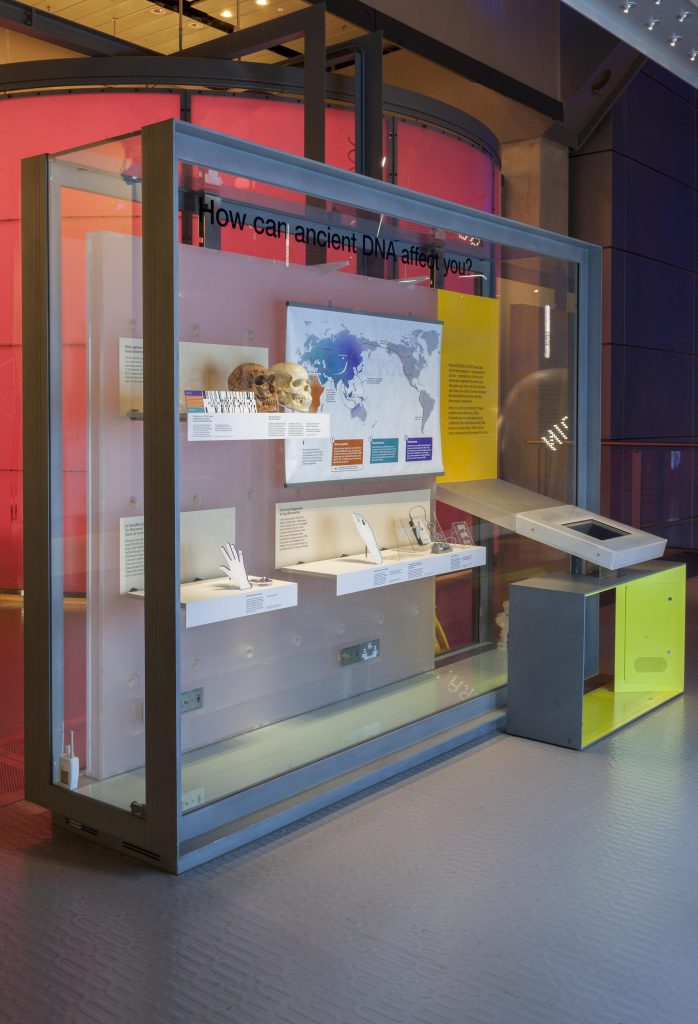Alex, Corinne, Mike, and I will be attending the annual American Society for Human Genetics meeting in Vancouver this week. You’ll have plenty of chances to hear about our work. On Wednesday morning, I’ll present a talk entitled “First depleted, then enriched: The evolution of transposable element co-option into gene regulatory function” on our work to understand when and how transposable element derived sequence gain gene regulatory function.
Alex will present a poster on “Genomic context drives the conservation of enhancer activity across species” (PrmNr 2141).
Corinne will present a poster on “Leveraging large-scale clinical biobanks to study recent human evolution (PgmNr 1075)”.
Mike will present a poster on “Comprehensive analysis of the spatial distribution of missense variants in protein structures reveals patterns predictive of pathogenicity (PgmNr 1869)”.
Congratulations to Corinne and Mike for winning Reviewer’s Choice Awards, meaning that their abstracts were in the top 10% of all abstracts. Mike’s work was also selected for the Friday Poster Walk.


